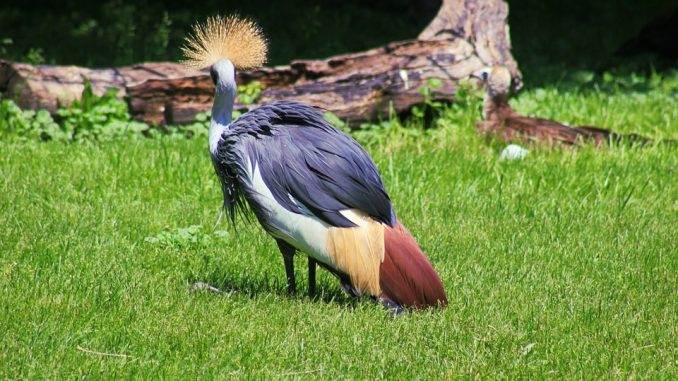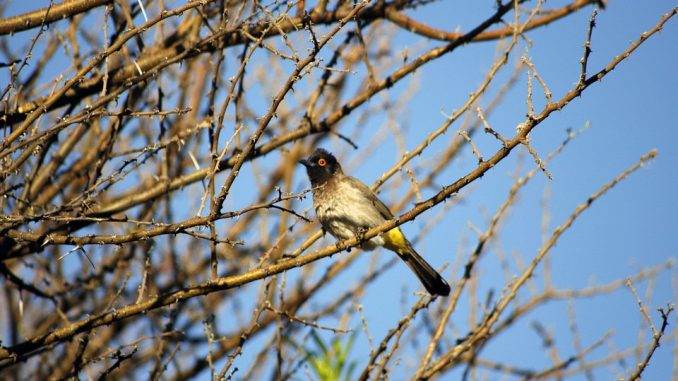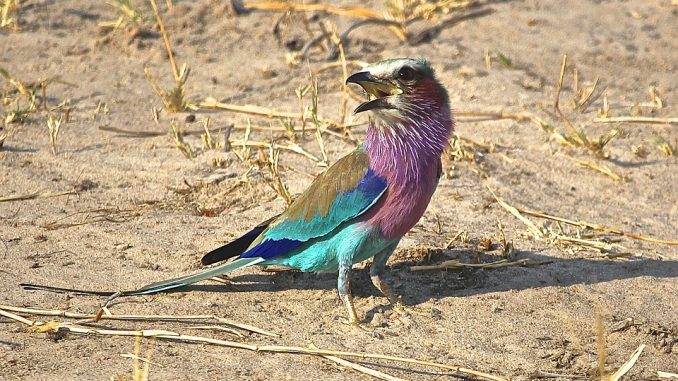From the largest bird in the world, the ostrich, to the heaviest flying bird, the kori bustard, this huge diversity of bird life in Africa should be seen to be believed. The large and diverse geographical environment, ranging from forests, wetlands, and deserts right up to the coastlines of the Indian and Atlantic oceans, make this continent a top birding destination in the whole world as it attracts not only the local endemics, but a large migratory population as well.
These areas make for some of the finest breeding grounds in the Southern Hemisphere, which are visited by locals as well as foreign birdwatchers in big numbers. Add to all this the excellent infrastructure, resources and readily available information of all the bird species, a birdwatching holiday in Africa makes for a truly action packed trip.
Having said that it is extremely important to plan your birding trip in advance. Given below are 10 ways to enhance and enjoy your next birdwatching trip to Africa.
1) Plan ahead
This may not sound very important but it is actually a very vital to plan your trip well in advance if you really want to make it enjoyable. Collect all the information you can from your travel agent and the local guides and prepare an itinerary. Add inputs about the weather conditions you may expect and other ground conditions. Birds are moving all the time, so you would not like to end up in some place and not find the birds of your choice.
Each season in Africa is a bit different, whereas, the dry season draws big animals to the water, the scene changes with the rains when everything turns lush and green thereby attracting a large number of endemics and migratory birds as well.
2) Self – guided or guided birdwatching safari.
This part of the safari has its pros and cons. Many people opt for a private trip as not only is it economical, it gives you a lot of flexibility and you can choose your own time and route. Having a local guide means, extra expense and fixed times. In the long run the second option is feasible, especially if you are in new environments. The guide can quickly point out the different species and keep you enthralled by his wealth of local knowledge, the bird species prevalent in the area and their interaction with the envious.
3) Binoculars
A pair of Birding Binoculars forms the true heart of a birding kit, as not only are they good for large animals but absolutely invaluable as far as birds are concerned. Each person in the party should have their own pair, as it becomes really strenuous to point out a bird high up in the canopy, without straining your neck, to someone without binoculars. A good pair should have magnification ranging between 8 and 10 for best results.
4) Camera
There are some excellent places for photography in Africa, ranging from the Chobe river in Botswana to the nearby Okavango delta. Further south, the bird list of the two private reserves, Phinda and Zululand Rhino reserve is so large that they are considered the best birding and photography destinations of South Africa.
An SLR birding camera is the bare essential for your birding safari.
The brand does not matter as they all produce excellent results. The only thing you need to check on is the ISO rating and the shutter speed. Birds tend to move all the time, hence a fast shutter speed is important. You can go for a tripod for your camera,too, in case you want to take photos from a fixed position.
Finally, in case your camera is new, it is essential to get used to it before hand and practice as much ad possible before embarking on the actual trip. Remember to carry plenty of batteries, especially if you are using disposable ones, as these are hard to find in most places in Africa. The best thing is to have same size batteries for all your equipment, so that you can interchange whenever needed.
5) Lenses
These also form an important part of your birding kit. The longer the lens the better chance for good bird photos. Consider a lens upto 300mm, else the bigger ones are not only extremely costly but heavy to carry around also.
6) Birding scopes
There is nothing more spectacular than seeing the extreme closeup of the bird of your dreams. While birding binoculars, no doubt, get you pretty close to the birds, the spotting scope is the real tool to clearly see the bird and identify it. Spotting scopes are of very high magnification and are durable and lightweight for field work.
7) Birding Apps
There are some excellent birding apps available these days, which can be downloaded on to your smartphone. These wonderful innovations can greatly enhance your birding pleasure by easily and quickly helping you to identify the species you have spotted. Not only that they can even lead you to the best places to spot them.
The apps have images of thousands of birds of Africa, along with their detailed descriptions, territory range and recorded bird calls, which can help you identify the many tweets you hear on every trip. Simply use the search tool upon spotting a bird, feed the data like beak, shape, colour, habitat and size, and you will have the name of the bird shown instantly on the screen.
8) Choose the right spot.
Start your trip as early in the morning as possible as bird movement is maximum at day break. Birding in the open wetlands and savannahs is generally good as birds are easier to spot. The rainforest regions, with their thick vegetation and dense canopies can really hinder the actual sighting.
9) Viewing tips and expectations
Drive slowly in the bush. The faster you drive the more you miss. Look around and scan the trees and bushes carefully, paying particular attention to fruiting trees and sunny spots. Enjoy whatever comes across and dont despair. The birds fly freely and no particular sight is guaranteed. Once you spit a bird, switch off the engine and spend as much time as you can observing it.
10) Clothes
Long sleeves for the morning and evening drives as it temperatures plunge in the bush without warning. A raincoat to guard against the severe and unexpected thunderstorms.
In conclusion, an African birding trip can either be an extremely rewarding one or one of extreme frustration. Apart from a high patience level, the equipment you use for taking photos and your handling is highly important as well. Use your knowledge with the help of the local guide to understand bird behavior of the species you are trying to spot. This will tell you where they are likely to be at any given time of the day, thus enhancing your chances of a good view and a shot.
Lisa is avid and extensive traveler. Having traveled over 20 countries across 6 continents, she now calls Seattle USA as home and writes for Travoge. Travoge is one source destination for all things Safari Travels.




Leave a Reply